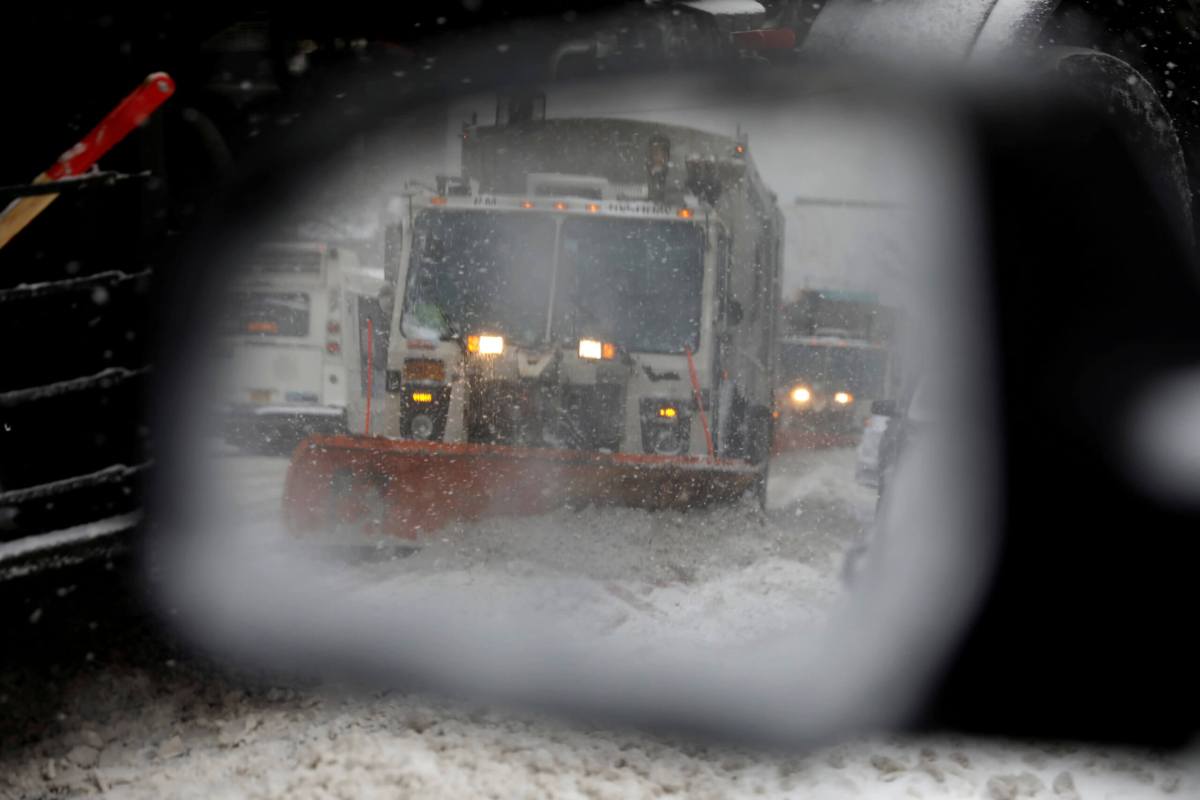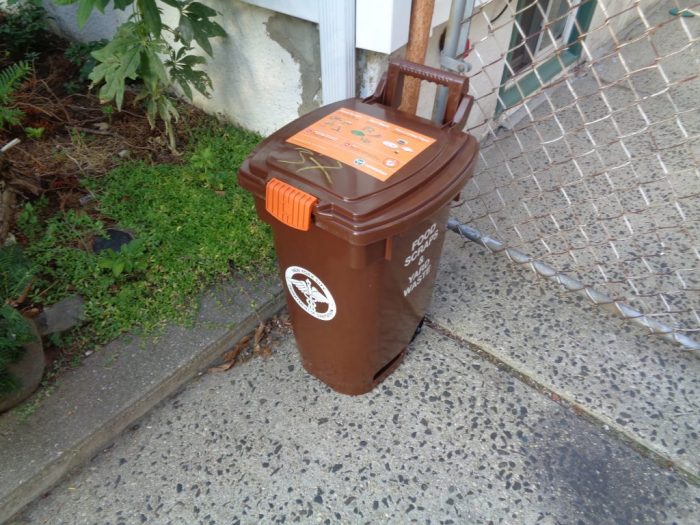BY EDWARD GRAYSON AND DEANNE CRISWELL
If there’s one thing we’ve learned 11 months into 2020, it’s that this year, we need to be ready for anything.
In a year like none other, our departments banded together to innovate and help New Yorkers in need – developing a massive emergency food program, creating a short code emergency messaging program, cleaning the streets with a reduced workforce, and implementing personal protective equipment distribution to communities across all five boroughs.
Now, as the weather turns colder, we’re planning for snow. And we want to know, New Yorkers ― are you ready?
The Department of Sanitation (DSNY) and the Emergency Management Department work together, with partners across the city, to handle winter weather. We spend months preparing ― securing equipment, supplies, personnel, and plans before the first flake falls ― so that we’ll be ready to remove snow and ice from the City’s 19,000 lane miles of roadway.
We clear the streets, but property owners, lessees, tenants, or other occupants are responsible for clearing snow and ice from sidewalks, This year, it’s more important than ever that we all do our part and have a plan.
Are you watching the weather?
We’re constantly monitoring the forecast data from multiple sources, including the National Weather Service, contracted forecast services, in-house meteorologists, and conventional media. These providers are using cutting-edge technology to monitor for possible winter weather and predict snowfall down to the tenth of an inch.
We convene daily steering committee calls to discuss agency actions before, during, and after winter weather. We work together to coordinate a rapid response to potential impacts associated with the forecast.
When snow is in the forecast, our brine trucks and salt spreaders are the first line of defense, deployed or pre-positioned before the first flake to provide anti-icing or deicing treatments to the roadways that suppress accumulations and provide traction control. Do you have salt or calcium chloride for your sidewalk or driveway? Consider avoiding or delaying travel until the weather passes. If you need to travel, will you be taking public transportation? Are you allowing for additional travel time so you get to your destination safely?
Are you removing snow safely?
When snow on the street gets to the two-inch mark, our plows are ready to go, specially designed and set slightly off the ground so the truck will not “trip” on uneven New York City streets or maintenance hole covers, and with plows turned to the right to keep intersections clear. Do you have your shovel? What’s your plan for where you’ll put the snow? Remember: pushing it back into the street is dangerous and against the law.
Throughout a snow event, NYC Emergency Management and DSNY work to get the word out to the public about what’s happening. Do you have a plan to check in with neighbors, particularly older adults and those who may need extra help?
If you’re an older New Yorker or someone physically unable to shovel snow, do you have a plan to call 311 and ask for help?
Are you planning ahead for new challenges?
This year will also be the first time that we are plowing streets with the popular Open Restaurants outdoor dining program. When a snow alert is in effect, in-street dining needs to cease to allow plows to travel safely.
Are you signed up for Notify NYC alerts by visiting NYC.gov, calling 311, or getting the free mobile app, or are you following our agencies on social media for the latest updates?
If more than 12 inches of snow are expected, you’re required to reduce your restaurant’s in-street footprint – or remove it entirely. Just like a homeowner, a business owner also needs to clear snow without pushing it back into the street. Are you ready?
While snow is falling, you can visit PlowNYC to get updates on when a plow or salt spreader last worked your street.
This is what we‘ve planned for, and what our thousands of colleagues have trained for. We’re ready to get out there and keep the roads safe, and we aren’t leaving anything to the last minute.
Are you?
Edward Grayson is the Commissioner of the New York City Department of Sanitation. Deanne Criswell is the Commissioner of the New York City Emergency Management Department.


















